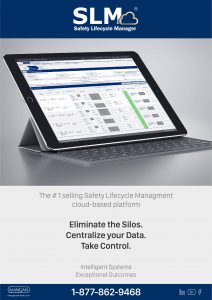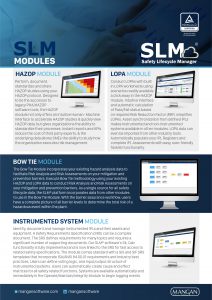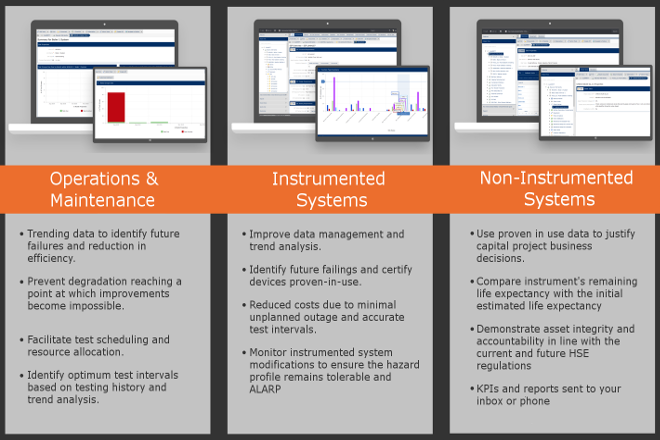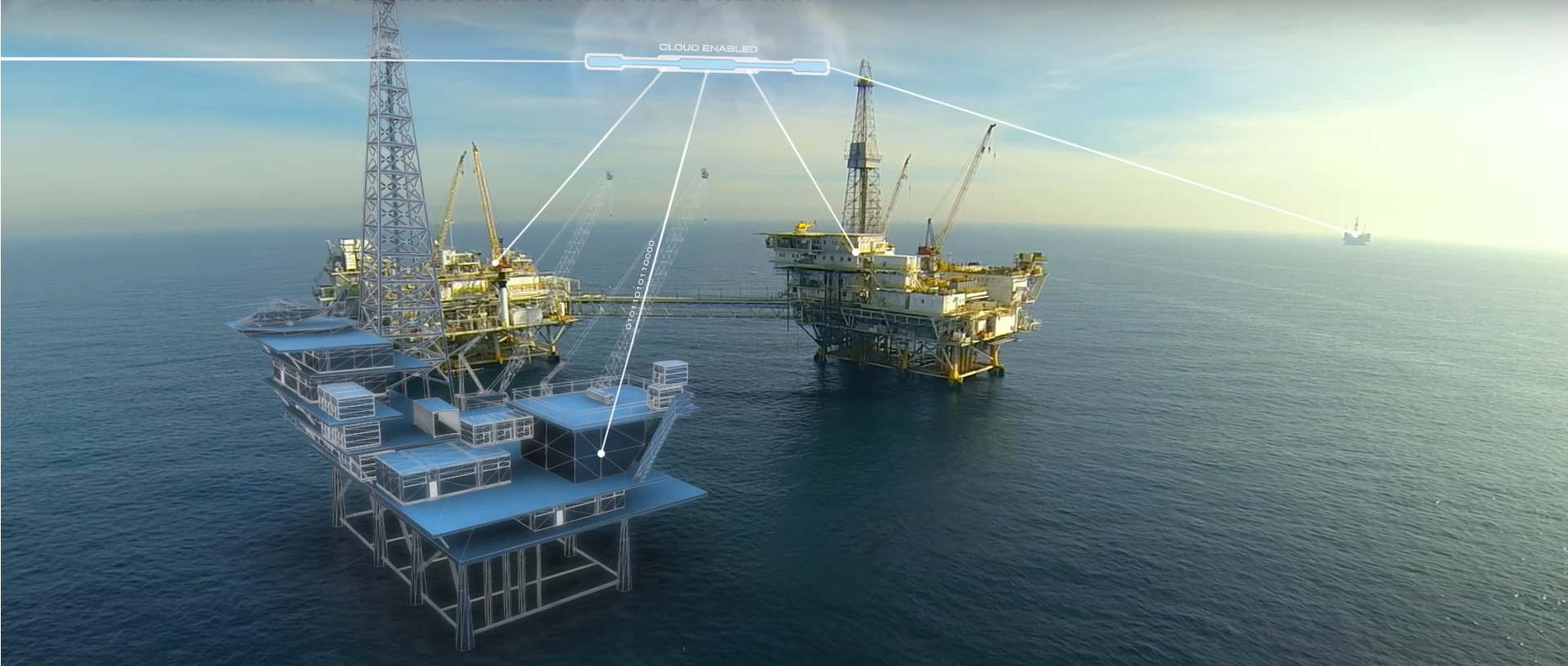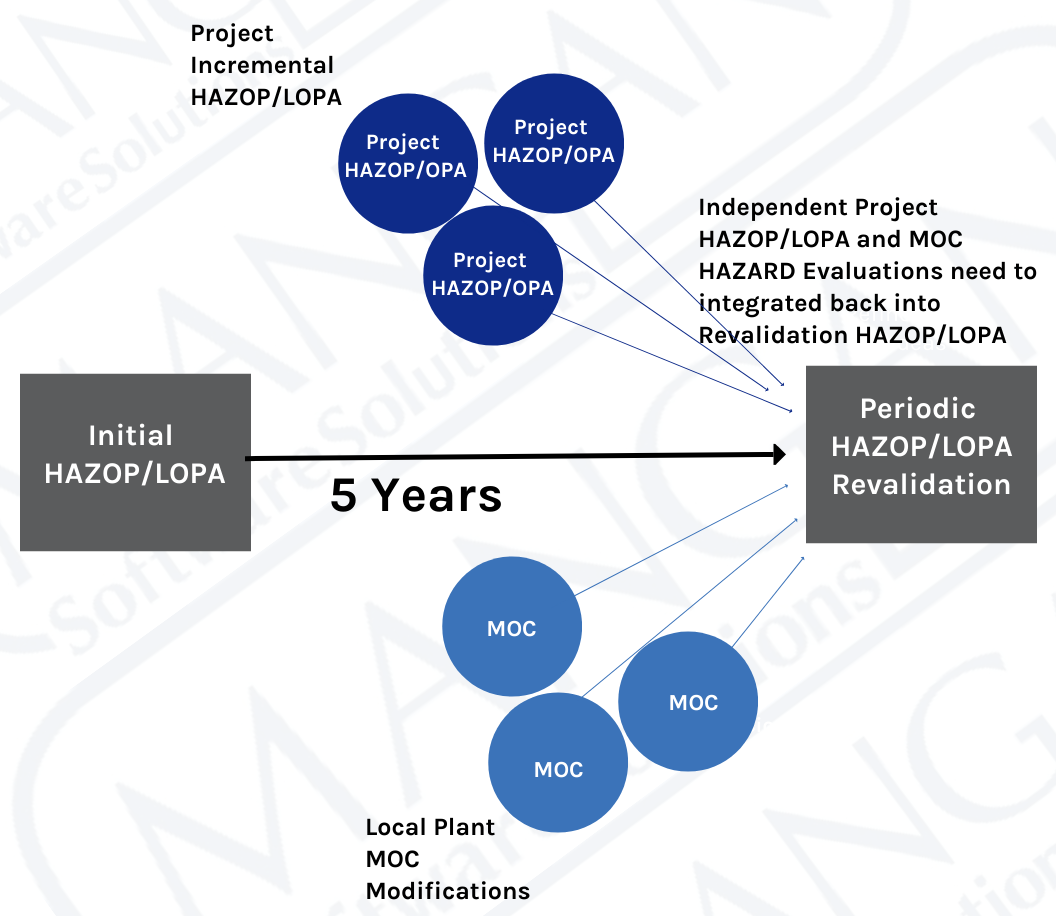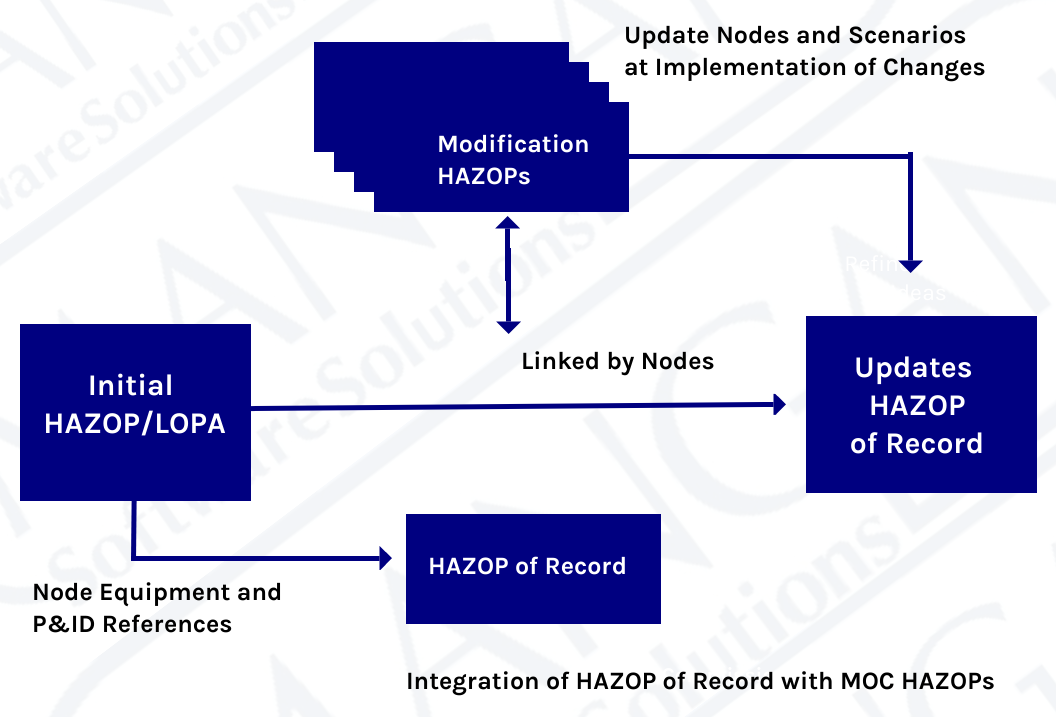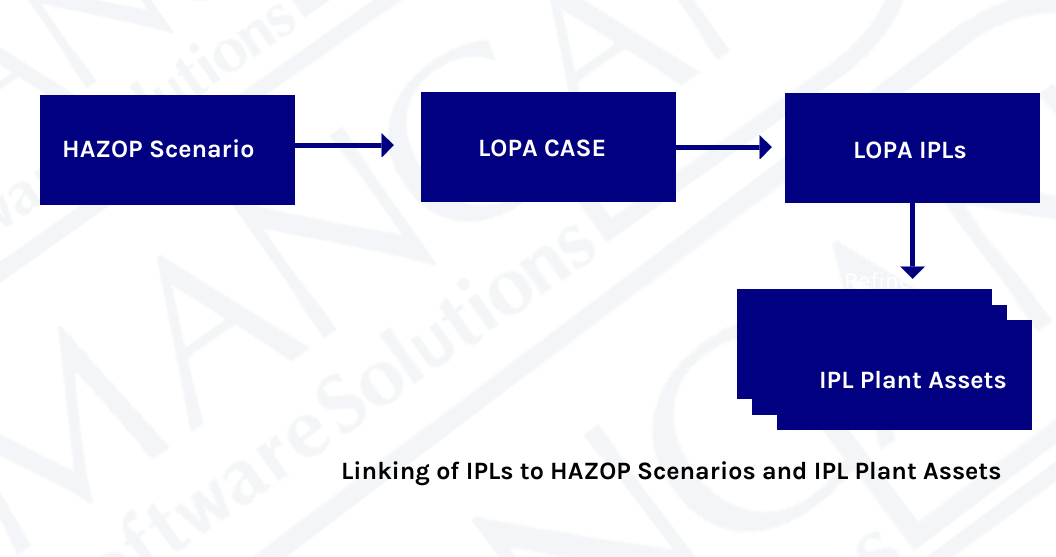We are excited to announce our global partnership with HIMA Paul Hildebrandt GmbH! The partnership aims to provide award winning technology and solutions to a globally renowned installed base with the market’s only TÜV Rhineland certified comprehensive safety management solution in accordance with international Functional Safety standards IEC-61511 and IEC-61508.
“The unique combination of Mangan Software Solutions’ industry leading technology and HIMA Paul Hildebrandt GmbH’s 110 years of globally recognized safety innovation, will enable clients to reach the next level of sustainable safety performance, enabling them to transition from thinking they are safe to knowing they are safe.” – Ronak Patel
“We are especially privileged to partner with MSS, whose digitalization solution closes the loop on managing the safety lifecycle. Our customers will now have the data to prove that they are reducing risk by the appropriate amount for the minimum capital and operating costs, and will be provided with actionable insights to optimize how they manage functional safety within their process. I am confident that, through this partnership, HIMA and MSS’ collaboration will help to optimize the safety of the process industry worldwide, both within HIMA’s installed base and for our new customers” says Jörg de la Motte, CEO at HIMA.
Process Safety and Functional Safety is more than just hardware, software, testing and metrics. Taking an overall approach and instilling a culture of safety requires a complete end-to-end system. This includes digitalized lifecycle management, from initial hazard analysis through operations & maintenance to final decommissioning.
Powered by the Safety Lifecycle Manager, HIMA is offering a holistic digitalized safety management solution. Safety related data, generated by all stages of the functional safety lifecycle, by disparate systems, is collated in one, relational platform. This facilitates the customer the ability to optimize safety performance across a plant, complete facility, or enterprise, as well as being able to demonstrate auditable, continuous compliance with the relevant standards for functional safety.
This new solution will address customer needs and concerns by providing key performance indicators and reports, giving unprecedented visibility and assurance that the process risk controls are being effectively managed before an incident occurs.
“The combined team of HIMA experts and the best-in-class SLM® platform will transform the Process Safety and Functional Safety market,” said Steve Whiteside, President of MSS. “We are proud to be a key component of HIMA’s Lifecycle Services and the Lifecycle Management Solution, which will form the foundation of digitalization safety related strategies for many organizations around the world.”
Source: www.hydrocarbonprocessing.com
ABOUT Mangan Software Solutions: MSS is a wholly owned subsidiary of Mangan, Inc. that leverages technology and software services to standardize and automate business processes for the energy industry. Headquartered in Houston, with offices in Atlanta and London, MSS’ engineers and developers are experts in the fields of Safety Lifecycle Management and Safety Instrumented Systems and deploy their industry best practice flagship SLM platform suite to industries that require reliable high-performance automation solutions.
